
English Blogs
"Let's Learn, Explore, and Connect to the World"

Past Perfect Tense 2
- Cris Flores
- Basic English Grammar Blog

II. Understanding the Past Perfect Tense
The Past Perfect Tense is not merely a formality in English grammar; it is a vital tool that allows for the expression of temporal relationships between past events. This deeper understanding enables more precise and sophisticated storytelling and communication.
Structure of the Past Perfect Tense
The Past Perfect Tense is constructed with two main components: the auxiliary verb “had” and the past participle of the main verb. The structure is universal for all subjects, eliminating the need to match the subject with different forms of “had.” Here’s the basic formula:
Affirmative sentences
Subject + had + past participle (verb-ed or irregular form)

Example: She had finished her work before we arrived.
Negative sentences
Subject + had + not + past participle

Example: They had not (hadn’t) seen the movie before.
Interrogative sentences
Had + subject + past participle?

Example: Had you visited the museum before?
Conceptual Foundation
 The Past Perfect Tense expresses the idea that one action was completed before another action or time in the past. It’s a retrospective view, looking back from a certain point in the past to an even earlier moment. This aspect is crucial for understanding the tense’s purpose: it situates one past event in relation to another, offering a timeline of events where the sequence is significant.
The Past Perfect Tense expresses the idea that one action was completed before another action or time in the past. It’s a retrospective view, looking back from a certain point in the past to an even earlier moment. This aspect is crucial for understanding the tense’s purpose: it situates one past event in relation to another, offering a timeline of events where the sequence is significant.
Significance of Timing
 Timing is everything with the Past Perfect Tense. Unlike the Simple Past, which merely states that something happened, the Past Perfect goes a step further to indicate that an action was completed before another past action or time. This distinction is essential for creating clear, unambiguous narratives or explanations.
Timing is everything with the Past Perfect Tense. Unlike the Simple Past, which merely states that something happened, the Past Perfect goes a step further to indicate that an action was completed before another past action or time. This distinction is essential for creating clear, unambiguous narratives or explanations.
Usage Context
 The Past Perfect is often used in conjunction with the Simple Past to narrate stories or describe sequences of events. It sets the backdrop for actions, conditions, or situations that had occurred up to a certain point in the past. Understanding this contextual usage is key to employing the Past Perfect effectively.
The Past Perfect is often used in conjunction with the Simple Past to narrate stories or describe sequences of events. It sets the backdrop for actions, conditions, or situations that had occurred up to a certain point in the past. Understanding this contextual usage is key to employing the Past Perfect effectively.
Examples and Variations
Exploring various sentences and contexts can help solidify understanding:
Completed actions before another point in the past: “By the time she called, I had already left.”
Conditions: “If I had known you were coming, I would have stayed.”
Cause and effect: “He was not hungry because he had already eaten.”
Each of these examples demonstrates the Past Perfect’s role in clarifying the order of past events, expressing hypothetical situations, or revealing cause-and-effect relationships.
Nuances and Interpretations
The Past Perfect can carry nuances beyond mere chronology:
Emphasis on completion: It stresses the completion of an action, which can influence the listener’s or reader’s perception of the event’s significance.
Unrealized opportunities or hypotheticals: It is commonly used to express regret, missed opportunities, or hypothetical scenarios, often accompanied by expressions of wish or if only.
Common Errors and Clarifications
 Learners often confuse the Past Perfect with the Simple Past due to misunderstandings about timing and sequence. A common mistake is using the Past Perfect without a clear reference point in the past. It’s crucial to ensure that there is another action or time frame to compare with when using this tense.
Learners often confuse the Past Perfect with the Simple Past due to misunderstandings about timing and sequence. A common mistake is using the Past Perfect without a clear reference point in the past. It’s crucial to ensure that there is another action or time frame to compare with when using this tense.
In summary, the Past Perfect Tense is foundational for articulating sequences and relationships between past events. Its proper use requires an understanding of its structure, a clear sense of timing, and the ability to contextualize actions within a broader temporal framework. As we move forward, we’ll delve deeper into the practical applications and intricacies of the Past Perfect, enabling you to harness its full potential for clear and effective communication.
Latest Blogs

Present Simple Tense 1
English Blogs “Let’s Learn, Explore, and Connect to the World” Present Simple Tense 1 I. Introduction to the Present Simple Tense in English Mastering the

Present Simple Tense 2
English Blogs “Let’s Learn, Explore, and Connect to the World” Present Simple Tense 2 II. Understanding the Present Simple Tense Definition and Structure At its
Reading comprehension quiz
Check out our books and more!

English Article Collection: Understanding Business and Social Media Today
“English Article Collection: Understanding Business and Social Media Today” is your gateway to mastering this dynamic world. This meticulously curated compilation is more than just a book; it’s a journey through the realms of business awareness and social media savvy, presented in a language that speaks to beginners and experts alike.
Check out our Blogs!
Read our everyday blogs and gain new knowledge, skills, and inspiration to support your learning journey here in SEKAEL.


Explore Mental Health Blogs to gain insights and tips on self-care, emotional balance, and personal well-being.




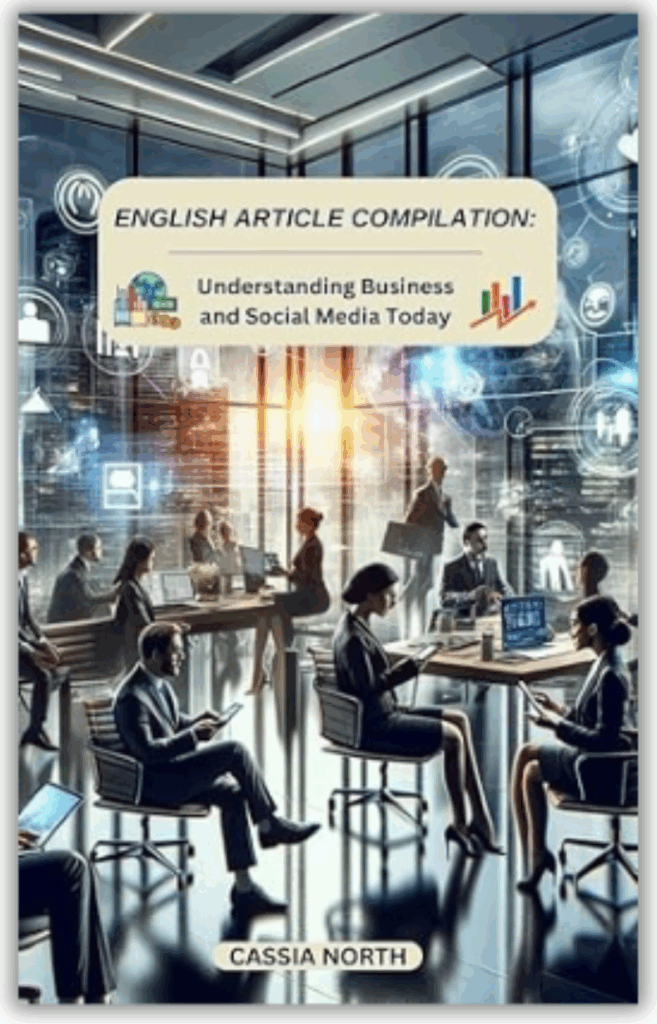


 The Past Perfect Tense is an indispensable aspect of English grammar that enables speakers and writers to express sequential past events with clarity, precision, and sophistication.
The Past Perfect Tense is an indispensable aspect of English grammar that enables speakers and writers to express sequential past events with clarity, precision, and sophistication.  This tense enriches your language, allowing for a more profound exploration of time, causality, and perspective, which is essential for engaging and captivating your audience. The Past Perfect is particularly vital for advanced storytelling, historical narration, and expressing regrets or conditions regarding past occurrences, as it helps to create a clear timeline and establishes the relationship between events.
This tense enriches your language, allowing for a more profound exploration of time, causality, and perspective, which is essential for engaging and captivating your audience. The Past Perfect is particularly vital for advanced storytelling, historical narration, and expressing regrets or conditions regarding past occurrences, as it helps to create a clear timeline and establishes the relationship between events. Mastering this tense will not only improve your grammar skills but also enhance your ability to communicate effectively in a wide range of contexts. In the following sections, we will dive deep into the intricacies of the Past Perfect Tense, exploring its formation, uses, and key considerations for effective application.
Mastering this tense will not only improve your grammar skills but also enhance your ability to communicate effectively in a wide range of contexts. In the following sections, we will dive deep into the intricacies of the Past Perfect Tense, exploring its formation, uses, and key considerations for effective application. By mastering the Past Perfect Tense, you can unlock a new level of linguistic precision and expressiveness, bringing clarity and depth to your recounting of past events and impressing your audience with your advanced language skills.
By mastering the Past Perfect Tense, you can unlock a new level of linguistic precision and expressiveness, bringing clarity and depth to your recounting of past events and impressing your audience with your advanced language skills.
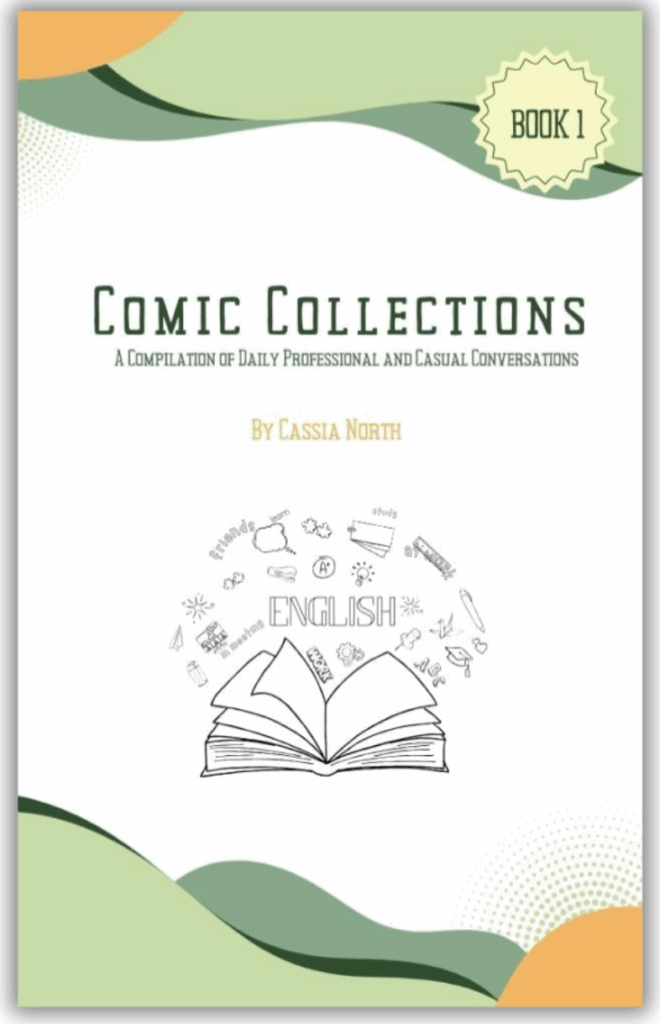






 Reading
Reading Watching:
Watching:  Listening:
Listening: Conversation Groups:
Conversation Groups:  Online Forums and Language Apps
Online Forums and Language Apps Role-playing:
Role-playing:  Journaling:
Journaling: Story Creation:
Story Creation: Essay Writing:
Essay Writing: 
 Feedback from Teachers or Peers:
Feedback from Teachers or Peers: Self-Review and Reflection
Self-Review and Reflection Advanced Learning Materials:
Advanced Learning Materials:

 Contextual Clues:
Contextual Clues:
 Descriptive Language: Use the Past Continuous to add depth to your storytelling, especially when setting scenes or describing simultaneous actions. It helps create a vivid picture of past events and environments.
Descriptive Language: Use the Past Continuous to add depth to your storytelling, especially when setting scenes or describing simultaneous actions. It helps create a vivid picture of past events and environments. Listening Practice: Regular exposure to English in use, such as in movies, series, or conversations, can help you get a better feel for when and how the Past Continuous is used. Pay special attention to scenes describing past events or actions.
Listening Practice: Regular exposure to English in use, such as in movies, series, or conversations, can help you get a better feel for when and how the Past Continuous is used. Pay special attention to scenes describing past events or actions. Practice Speaking and Writing: Regularly practicing sentences and paragraphs that incorporate the Past Continuous can improve your fluency and accuracy. Try describing your previous day, focusing on actions you were doing at specific times.
Practice Speaking and Writing: Regularly practicing sentences and paragraphs that incorporate the Past Continuous can improve your fluency and accuracy. Try describing your previous day, focusing on actions you were doing at specific times.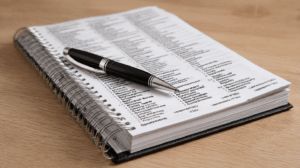



 By avoiding these common mistakes and applying these practical tips, you can use it more effectively and accurately. This will not only enhance your grammatical skills but also your ability to communicate more precisely and vividly about past events.
By avoiding these common mistakes and applying these practical tips, you can use it more effectively and accurately. This will not only enhance your grammatical skills but also your ability to communicate more precisely and vividly about past events.









 Mastering the formation of questions and negatives in the Past Continuous will not only improve your grammatical accuracy but also enhance your ability to engage in more detailed and nuanced conversations about the past. It allows you to express doubt, make inquiries, and clarify misunderstandings about past events, enriching your communication skills.
Mastering the formation of questions and negatives in the Past Continuous will not only improve your grammatical accuracy but also enhance your ability to engage in more detailed and nuanced conversations about the past. It allows you to express doubt, make inquiries, and clarify misunderstandings about past events, enriching your communication skills.









 In understanding these varied uses, it’s important to practice and apply the Past Continuous in different contexts, paying attention to the nuances each scenario presents. The correct use of this tense not only improves grammatical accuracy but also elevates the level of storytelling and description.
In understanding these varied uses, it’s important to practice and apply the Past Continuous in different contexts, paying attention to the nuances each scenario presents. The correct use of this tense not only improves grammatical accuracy but also elevates the level of storytelling and description.












 In conclusion, the Past Continuous tense is a powerful tool for enriching your English narrative skills. By correctly forming and applying this tense, you can effectively describe past events with more depth, clarity, and precision. The next sections will further explore the uses of the Past Continuous, how to form questions and negatives, and offer practical tips for avoiding common mistakes.
In conclusion, the Past Continuous tense is a powerful tool for enriching your English narrative skills. By correctly forming and applying this tense, you can effectively describe past events with more depth, clarity, and precision. The next sections will further explore the uses of the Past Continuous, how to form questions and negatives, and offer practical tips for avoiding common mistakes.











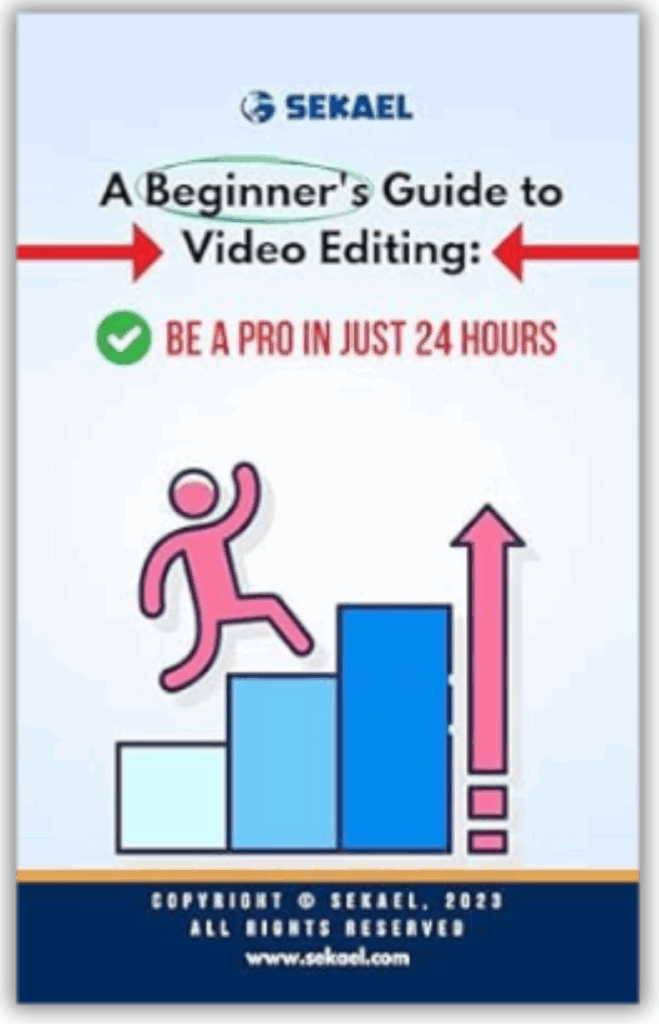

 The
The  Understanding the
Understanding the  The
The  Learning the Past Continuous can open up new avenues for expressing thoughts and experiences. It is a
Learning the Past Continuous can open up new avenues for expressing thoughts and experiences. It is a  In the following sections, we will delve deeper into the nuances of the Past Continuous, exploring its formation, uses, and common pitfalls. We’ll provide practical tips, examples, and exercises to help you integrate this tense into your English repertoire seamlessly. Whether you’re a beginner or looking to polish your skills, understanding the Past Continuous is a step forward in mastering English grammar and enriching your linguistic expression.
In the following sections, we will delve deeper into the nuances of the Past Continuous, exploring its formation, uses, and common pitfalls. We’ll provide practical tips, examples, and exercises to help you integrate this tense into your English repertoire seamlessly. Whether you’re a beginner or looking to polish your skills, understanding the Past Continuous is a step forward in mastering English grammar and enriching your linguistic expression.





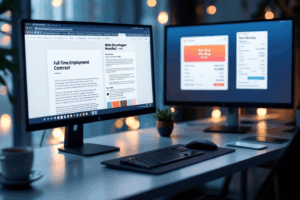








 Freelance Video Editing:
Freelance Video Editing: Full-Time Video Editing Jobs: Full-time positions provide a steady income and often come with additional benefits like health insurance, paid vacation, and retirement plans. Salaries for full-time positions can vary based on the company, industry, and location. Full-time roles also offer career development opportunities and a more stable work environment.
Full-Time Video Editing Jobs: Full-time positions provide a steady income and often come with additional benefits like health insurance, paid vacation, and retirement plans. Salaries for full-time positions can vary based on the company, industry, and location. Full-time roles also offer career development opportunities and a more stable work environment. Making the Choice: The decision between freelancing and full-time employment depends on personal preferences, career goals, and tolerance for income variability. Some video editors may start freelancing and transition into full-time roles, or vice versa, depending on their career progression and life circumstances.
Making the Choice: The decision between freelancing and full-time employment depends on personal preferences, career goals, and tolerance for income variability. Some video editors may start freelancing and transition into full-time roles, or vice versa, depending on their career progression and life circumstances.
 Embarking on a career in video editing presents a world of opportunities, and understanding the salary landscape is an essential part of this journey. As we’ve explored, video editing salaries vary significantly across different countries, influenced by factors such as the cost of living, industry demand, and the editor’s experience and skill set.
Embarking on a career in video editing presents a world of opportunities, and understanding the salary landscape is an essential part of this journey. As we’ve explored, video editing salaries vary significantly across different countries, influenced by factors such as the cost of living, industry demand, and the editor’s experience and skill set. Finally, remember that the field of video editing is continually evolving. Staying updated with industry trends, continuously enhancing your skills, and understanding your worth are crucial to advancing in this career and negotiating fair compensation.
Finally, remember that the field of video editing is continually evolving. Staying updated with industry trends, continuously enhancing your skills, and understanding your worth are crucial to advancing in this career and negotiating fair compensation.
